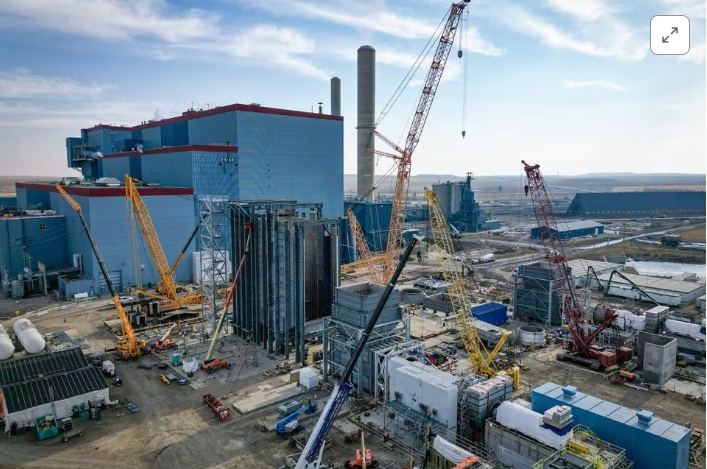
Prime Minister Justin Trudeau's Liberal government released the draft regulations, a key part of Canada's pledge to hit net-zero emissions across its entire economy by 2050, last year and expects to finalise the legislation later this year.
The proposed changes include setting an annual emissions limit for each specific power-generating unit rather than having an emissions intensity standard, allowing power providers with multiple units within one jurisdiction to pool those emissions and allowing the use of carbon offsetting.
"The improvements under consideration would enhance the flexibility for provincial operators to continue to ensure reliable and affordable power while maintaining Canada's ability to achieve its emissions reduction goal," the government said in a statement.
A number of conservative provinces strongly oppose the clean electricity regulations, including Canada's main fossil fuel-producing province Alberta, whose government is considering creating a publicly-owned electricity company in a bid to evade the federal requirements.
Federal Environment Minister Steven Guilbeault said the government had taken into account feedback from multiple stakeholders including utilities, investors and policy think-tanks.
"The proposed changes are a result of feedback, not a result of this province or that province - it's a combination of what we have heard," he said in an interview.
In its initial draft regulations the government said it expected to cut more than 340 million metric tons of carbon pollution between 2040 and 2050. Guilbeault said the proposed changes would result in emissions reductions "in the same ballpark" as the original plan.